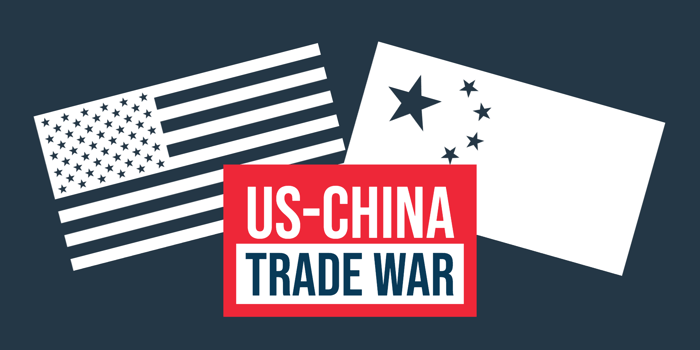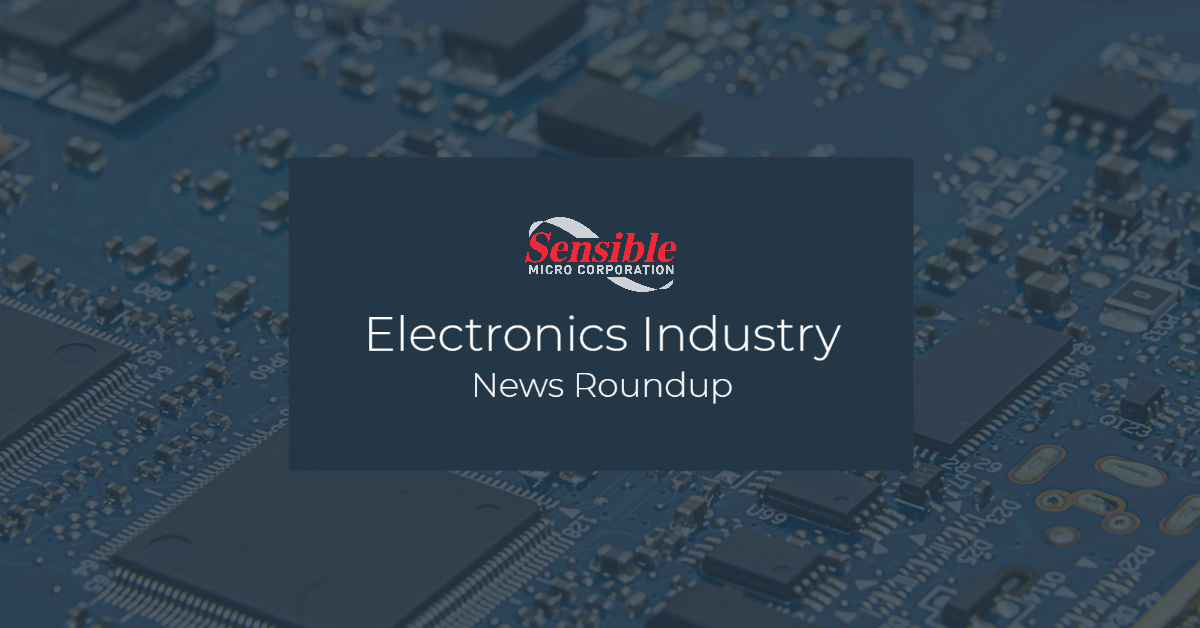The US-China trade war has steadily intensified since its beginning on July 6, 2018, with last month’s round of tariffs adding more fuel to the already bright fire. In response to China imposing retaliation tariffs on $34B USD worth of US goods, such as soybeans and electric vehicles, the US Trade Representative (USTR) announced a 10% tariff increase on the remaining $300B USD worth of Chinese imports, effective September 1, 2019. Though in accordance with section 301 of the 1974 Trade Act, this new increase has caused an uproar of concern.
Enforcement of this new tariff increase will be implemented in two waves. Products under List 4A saw an increase last month while the tariffs placed on List 4B items will be officially increased on December 15, 2019. It is estimated that approximately 96.8% of Chinese imports into the U.S. will be affected by these section 301 tariffs after all of list 4 is executed.
List 4 items are not the only goods affected by this ongoing trade war. $250B USD worth of Chinese-made products on lists 1, 2 and 3 were already liable to a 25% US-imposed tariff when President Trump called for the additional 5% increase.
President Trump announced a change to the increase via Twitter, saying “....on October 1st, we have agreed, as a gesture of good will [sic], to move the increased Tariffs on 250 Billion Dollars worth of goods (25% to 30%), from October 1st to October 15th.”
The USTR is ready and intends to increase the tariff to 30% on October 15, 2019, following a notice and comment period.
Although the USTR has organized an exclusion request process for List 4 items, and some items related to 'health, safety, and national security' are exempt from the latest round of tariffs, more products will have higher, non-negotiable tariffs placed on them. Such products include, but are not limited to:
- Cell phones
- Laptops
- Video games
- Certain toys
- Certain apparel
- Solid-state drives
The electronic and tech industries are already feeling the effects of previous tariffs and are expecting to see changes in revenues with the enactment of the latest round. The US-China trade war has already cost many companies in the electronics industry an upward of $10B USD since July 2018.
According to CNN, “Most of the imports hit by the new 25% tariff rate are industrial or intermediate goods that are used as component parts in products manufactured in the United States.”
Even the biggest tech companies cannot avoid these tariffs. Analysts expect Apple will absorb upwards of $500M USD to cover the increased tariff cost on its popular products, like AirPods and iPhones. Furthermore, Micron Technology reportedly slipped 10% on its fourth-quarter sales this year, totaling $4.87B USD.
It remains unclear when the US-China trade war will end or what will happen next. In response, the Chinese government has already started restricting its trade surplus with the U.S. but is reportedly “reluctant to give up development strategies it sees as a path to prosperity and global influence.” The U.S. government will continue with its current strategy and, though it is not yet known how much the average American consumer will feel the effects of the tariffs, it is assumed that a portion is likely to result in higher retail prices.
The electronics supply chain has undoubtedly been affected by this US-China trade war. Some companies have, as a long-term, protective measure, started to move their operations out of China and into other countries. For example, SMTC Corporation recently announced that they will be leaving the Chinese market this December after being in it for over a decade. Many more electronics companies have also needed to raise their prices to account for the associated tariff costs.
As a distribution partner to many in the electronics industry, Sensible Micro will continue following the trajectory of this trade war and will do our best to mitigate any resulting issues for our customers.
Stay on top of the latest developments in the industry by subscribing to the Sensible Micro blog today.


















